- Step-by-step procedures
- Estimated completion time
- Resources labeled by icons






 direct teachers to the piece of content named in the procedures
direct teachers to the piece of content named in the procedures - Print-ready pages as indicated by
 are available as PDFs for download
are available as PDFs for download


Echoes & Reflections recognizes the growing need to support upper elementary educators to introduce this history in a safe and supportive way. The guidelines and resources below are intended to provide educators of students grades 3-6 with the framework and guidance to deliver appropriate and impactful instruction on the Holocaust.
Review the following guidelines for planning, resource selection, and instruction. These recommendations are informed by principles of human rights and grounded in children’s social and emotional learning and development.
 Ensure a secure and supportive learning environment. The overarching approach at this age should be to guide students “safely in and safely out” of this exploration. Consider the following:
|
|
|
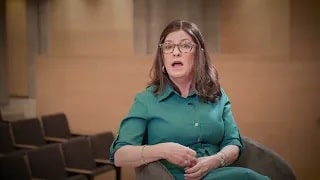
 Teach through storytelling, where the story is true. One of the most effective and recommended approaches to Holocaust instruction with younger students is through age-appropriate stories, through books, films, or first-person testimony. Stories help students contextualize this complex topic in an accessible way and offer a familiar framework for children – with a beginning, middle, and end. |
In the case of learning about the Holocaust, the story should be true. If a child asks, “Did that really happen?” The answer is always, ideally, “Yes.” Of course, true stories can be supplemented with fictional stories, especially if this helps elicit a moral question or dilemma, but the basis should be factually accurate. Educators should be transparent about whether the story is true.
Telling true stories can also help combat Holocaust denial.
In deciding on an age and reading-level appropriate story, seek options in which:
- The main character is a child who survives – this will make the story more approachable and relatable, and provide comfort, even if there is some loss.
- There are “emotional anchors” – scenes/elements that build resilience and work against distress and instability. The anchors may be internal (the main character’s imagination) or external (the main character’s family, school, routine) but should be things that help children cope.
- Throughout the narrative, there should be positive developments in the story, not just at the end. This will help children feel more secure and less anxious or fearful as they learn about this history.
- The main character shows emotional strength and the ability to cope. The main character may be helped by others, showing the importance of mutual assistance and kindness: positive human values even during atrocity.
- There is no detailed description of harm or trauma.
- The message is one of survival and continuation of life.
- The message is one of respect, fairness, and kindness. The story should raise awareness of what is “just” and “unjust.”
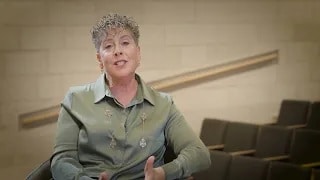
 Create and encourage empathy. Empathy is the foundation for understanding different perspectives and exploring fairness and justice. It leads to an ability to see the “other” as a human being and can help to build a society where people care about one another. This is a goal as well as a tool. |
Specifically for Holocaust instruction, one way to create empathy is to focus on Jewish people and their experiences before the Holocaust, which reveals the protagonists of the story you are telling as complex human beings. If your students have never met any Jewish people, other than those who were victims of the Holocaust, the misperception that all Jews are victims may feed into misguided antisemitic stereotypes. In addition, it is important to help children learn about Jewish people and the Jewish experience today, especially if they have limited exposure to Jewish people in their own lives. Educators can build empathy by asking questions, such as “How do you think X felt when this happened?” or “Why did X react this way when this happened?” However, the question “What would you have done?” should never be asked. This creates judgmental attitudes, emotional distress, and distance.
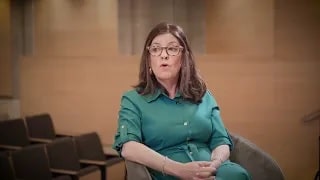
 Use primary source materials and a variety of authentic resources. The choice of materials used in the classroom can help to create a connection to the story, strengthening a connection to the protagonists. Enrich children’s understanding of the story by providing multiple ways to understand it: through appropriate testimony of the survivor; pre- and post-war photographs, diaries, or other artifacts. |
- All sources should be historically accurate and appropriate for children’s developmental age. More complicated or difficult sources should only be used when children are ready, so that they do not become frustrated or fearful. For instance, short testimonies for children of younger ages may be more engaging and helpful than photographs that might be too upsetting. Always review the primary sources carefully to avoid visual images or descriptions that would cause harm or distress.
- In choosing primary sources like books, the language used should match the complexity of the story and its visual presentation. If the primary sources include terms that are unknown to the child, they should be explained at a level that can be understood to reduce confusion or anxiety. (The glossary from Echoes & Reflections is helpful in explaining terms). Once the basic term is explained, students will be able to recognize it later in their educational journey and use it when the subject is taught at a later stage. Be aware that children’s understanding may be limited to their own experiences. Break down phrases and concepts in ways that children in this age group can digest and understand.
- In addition, consider that teaching methods will not reach all children in the same way. Some respond to verbal presentations, others to visual, others to hands-on, etc. Incorporating different teaching styles with different primary sources will allow the various learning styles to flourish.
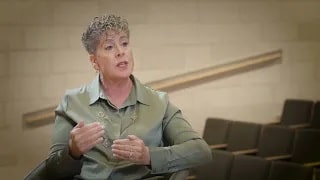
 Make it gradual. Introducing and teaching a subject as sensitive as the Holocaust, and the related topic of antisemitism, requires scaffolding. Sensitive subjects should be introduced to students early in their educational journey, so that their understanding of these subjects can be complicated increasingly as they mature. |
In the Holocaust context, the scaffolding works this way:
- As you begin to discuss this topic with children in this age group, use stories focusing on an individual child who survives the Holocaust. As the children become older/more mature, use stories that focus more broadly on the fate of a family.
- As students continue to learn about the Holocaust and depending on their emotional maturity, use stories with the broadest focus on the fate of an entire community.
- Remember, that although we are using certain historical concepts, the focus at the elementary school level is on empathy, not on history. Details that could cause distress, harm or trauma should be left out of the story.
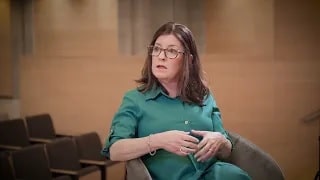
 Focus on “Light in the Darkness”. Focus on topics that show mental fortitude and moral resilience, such as allyship, mutual help, creativity, the concept of rescue, including Righteous Among the Nations, etc. This will support an understanding of the role of personal responsibility, including being respectful to others and acting as allies or challenging injustice. |
Younger children are in the early stage of building their values. Teaching about the Holocaust in a way that emphasizes goodness, and the topics above will help support students’ growth.
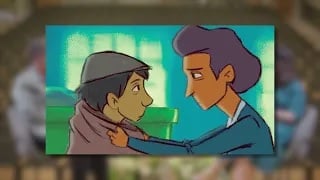
 Debriefing/Processing – “Safely Out” of Learning. Use activities that will allow the learners to process the information in the story, without using simulation or role-playing. These activities can be creative, using multi-disciplinary resources like art, music, photographs, and other artifacts. This will allow for reflection. |
- Allow children to explore their reactions to the material. The construct of “I feel…, I think…, and I will…” allows for emotional connection, cognitive connection, and action.
- Allow time for reflection not just after the session is over, but even the next day and beyond. Some children may express strong feelings at unexpected times so pay attention as the day unfolds (or thereafter) to how children are acting and feeling. Be ready to respond by listening and acknowledging feelings and providing space for children to ask questions
 Keep families and administrators informed. Given the sensitive nature of the topic, it is important for educators to ensure they are keeping parents/guardians and administrators informed of the choices and approaches to teaching this topic to younger children. Some states have recently enacted Holocaust education legislation for younger students, and reviewing and understanding related standards is essential. |
Additionally, sharing information about the lesson and learning outcomes with students’ families prior to beginning this instruction will hopefully prevent any concern or opposition by developing openness and trust, and a line of communication to foster community connection, ask questions, and discuss any concerns.
Help students to understand this history using the following terms, leveled for younger students.
The following terms are leveled for younger students. Please adapt further, as needed, for your student population. There is also a full Echoes & Reflections Glossary for older students and adults for additional reference.
Explore selected fiction and non-fiction texts that have been reviewed by the Echoes & Reflections team. These texts allow educators to choose resources that approach this history in accordance with recommended guidelines.
Echoes & Reflections Partners – USC Shoah Foundation and Yad Vashem offer several resources to support teaching about the Holocaust with younger students. Educators should review these assets carefully to meet the needs of their student populations and in accordance with our recommended guidelines, especially with a focus on empathy for the victims of the Holocaust.
Children in the Ghetto
This innovate learning tool deals with children’s lives in the ghettos during the Holocaust period and is intended for children in grades 4-6. The environment describes life during the Holocaust from the perspective of children living in the ghettos, presented in an interactive format, with the goal of exposing younger children to the Holocaust in a way that is suited to them and that can create a sense of empathy and awareness to the hardships and human problems of the period.
The Story of Aharon Barak: A Holocaust Story
This short animated film tells the story of Aharon Barak, a young boy from Kaunas, Lithuania whose family is changed forever by the Nazi occupation of Europe. Combining animation with archival footage, this film tells the story of Aharon’s experiences during the Holocaust and his rescue by a Righteous Among the Nations.
The Story of Simcha – The story of Holocaust survivor Simcha Holzberg
This short animated film conveys the experiences of Simcha Holzberg, a Holocaust survivor from Warsaw, Poland. Geared to grades 3 and 4, this short film allows young students to become acquainted with the subject of the Holocaust with an emphasis on spiritual resilience and the values of giving, continuity, and caring for others.
Lala
In this 360-degree VR-blend of animation and live action video, Holocaust survivor Roman Kent shares the story of his time in Nazi-occupied Poland with his beloved dog, Lala, who taught him the timeless lesson, “love is stronger than hate.” The resource includes lessons for upper elementary students.
Ruth: A Little Girl’s Big Journey
In this short, animated film, Dr. Ruth Westheimer shares about her experience escaping Nazi Germany and how those choices shaped her life today. The page also includes additional resources and supporting activities for students in upper elementary school.
The Number on Great-Grandpa’s Arm
The 18-minute HBO documentary film allows educators and families to introduce the topic of the Holocaust to young children in an age-appropriate manner. The page includes a teaching guide for the film to provide families and educators with resources to further the conversation begun in the film.
The Tattooed Torah
A short film based on Marvell Ginsburg’s beloved children’s book of the same name, The Tattooed Torah recounts the true story of the rescue and restoration of a small Torah from Brno, Czechoslovakia. Narrated by famed actor Ed Asner, the film teaches historical information about the Holocaust in a manner appropriate for a young audience (Grades 4 and above) by embedding it in a relatable and touching story with accompanying resources.
The Willesden Project
The Willesden Project brings the power of music and story to reach young people globally and contribute to their development as empathetic, knowledgeable, and resilient individuals. This website contains specifically leveled films, videos, and other innovative resources around the history of the Holocaust and related themes.
Regardless of the age level of their students, Echoes & Reflections recommends educators build their foundational knowledge of the history, which will support their confidence and abilities to explore this topic with students.
Educator Video Toolboxes: These 15-minute videos offer helpful historical context and pedagogical suggestions. Topics include Antisemitism, Resistance, Liberators, and others.
Students' Toughest Questions: While written for older students, these questions and answers address many of the common questions students (and adults) raise when learning about the Holocaust.
Timeline of the Holocaust: This immersive resource chronicles the history of the Holocaust from 1933-1945. Users can click on specific events to deepen learning with additional information, survivor and witness testimony, and primary source materials.
Additionally, educators will find a wealth of historic information contained in the Echoes & Reflections Lesson Plans, as well as online courses and webinars that may be of value for ongoing professional development.
As recommended above, it is important to keep families informed when teaching a complex and difficult topic such as the Holocaust to younger children. This Guidance for Families includes information to share directly with students’ families. As well, this sample letter can be used to communicate with parents/guardians on this topic.
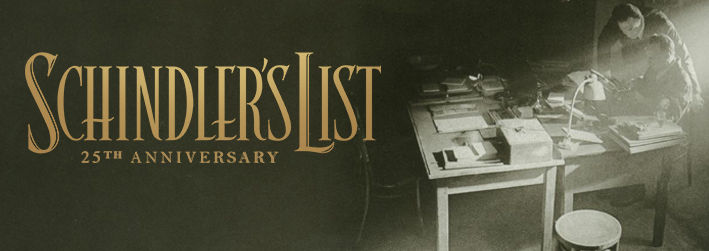
In honor of Universal Pictures’ rerelease of Schindler’s List, Echoes & Reflections has created a short, classroom-ready Companion Resource, that will help educators to provide important historical background and context to the film, as well as explore powerful true stories of rescue, survival, and resilience with their students.
Additionally, the following videos, recorded at Yad Vashem, feature Schindler survivors who speak of the impact Oskar Schindler had on their lives.
EVA LAVI TESTIMONY
NAHUM & GENIA MANOR
The posters feature the powerful words and experiences of Holocaust survivor and memoirist Elie Wiesel, Holocaust survivor Kurt Messerschmidt, and Anne Frank rescuer, Miep Gies. Each poster promotes meaningful conversation and reflection in the classroom, whether in person or in a virtual setting, and inspires students with powerful human stories of the Holocaust that can continue to guide agency and action as a result of studying this topic.
To support you in these efforts, we have also compiled several suggested classroom activities from teachers in our network that may be of use and interest.
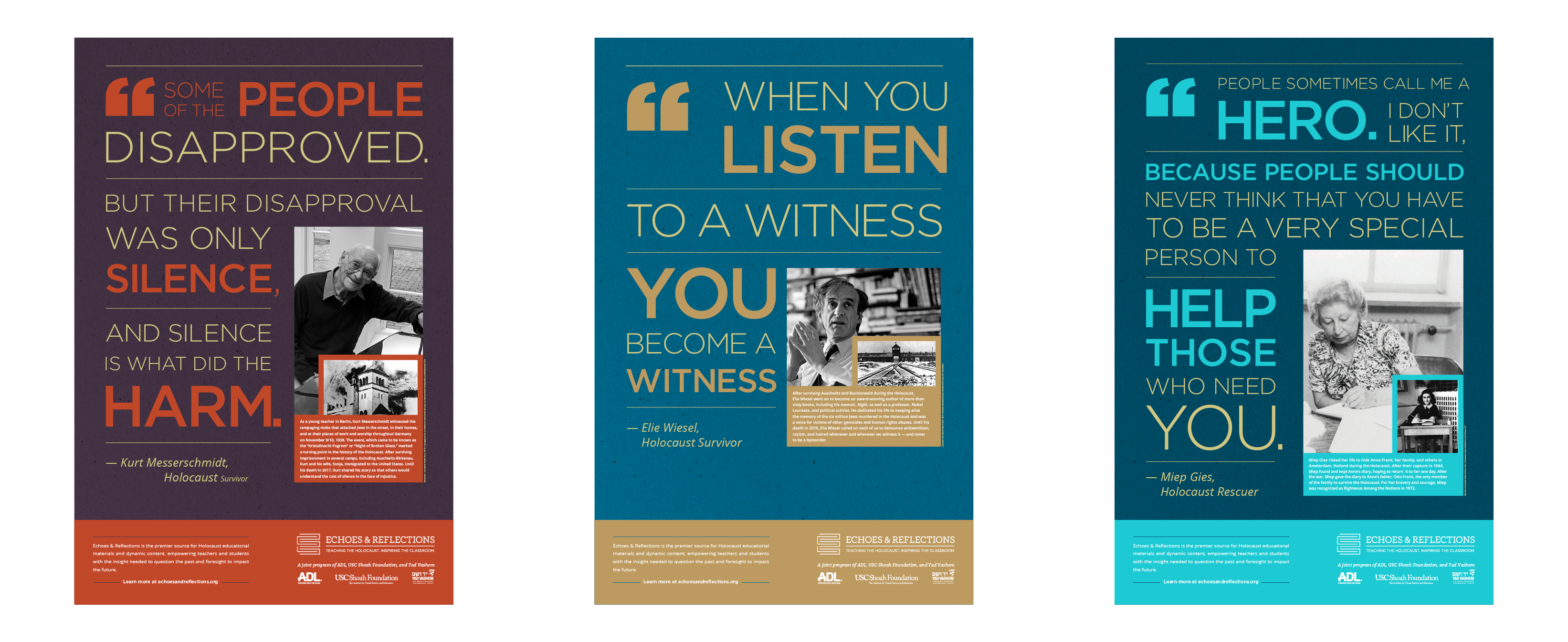
Please fill out the form below to access and download your PDF posters.

USC Shoah Foundation’s first podcast, We Share The Same Sky, seeks to brings the past into present through a granddaughter’s decade-long journey to retrace her grandmother’s story of survival. We Share The Same Sky tells the two stories of these women—the grandmother, Hana, a refugee who remained one step ahead of the Nazis at every turn, and the granddaughter, Rachael, on a search to retrace her grandmother’s history.
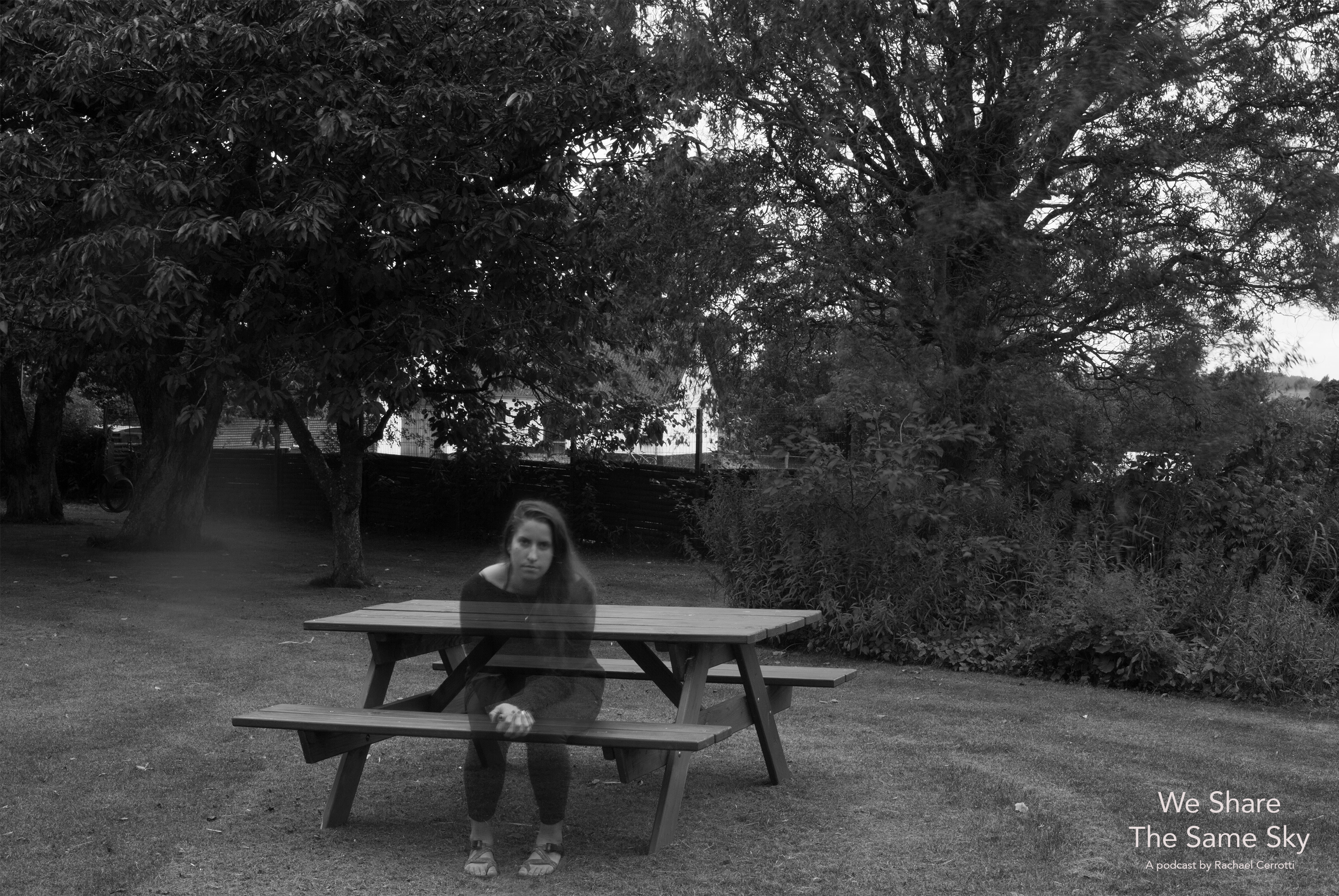
A self-portrait of Rachael while she is living on a Danish farm that is owned by the granddaughter of Hana’s foster mother from World War II. Photo by Rachael Cerrotti, 2017
In order to enhance its classroom use, USC Shoah Foundation and Echoes & Reflections have created a Companion Educational Resource to support teachers as they introduce the podcast to their students. This document provides essential questions for students, as well as additional resources and content to help build context and framing for students’ understanding of the historical events addressed in the podcast.
Access to the podcast, as well as additional supporting materials—including IWitness student activities, academic standards alignment, and general strategies for teaching with podcasts—can all be found at the We Share The Same Sky page in IWitness.
Note: Due to the subject nature, the podcast is appropriate for older students, grades 10-12. As always, teachers should review the content fully in advance to determine its appropriateness for their student population.

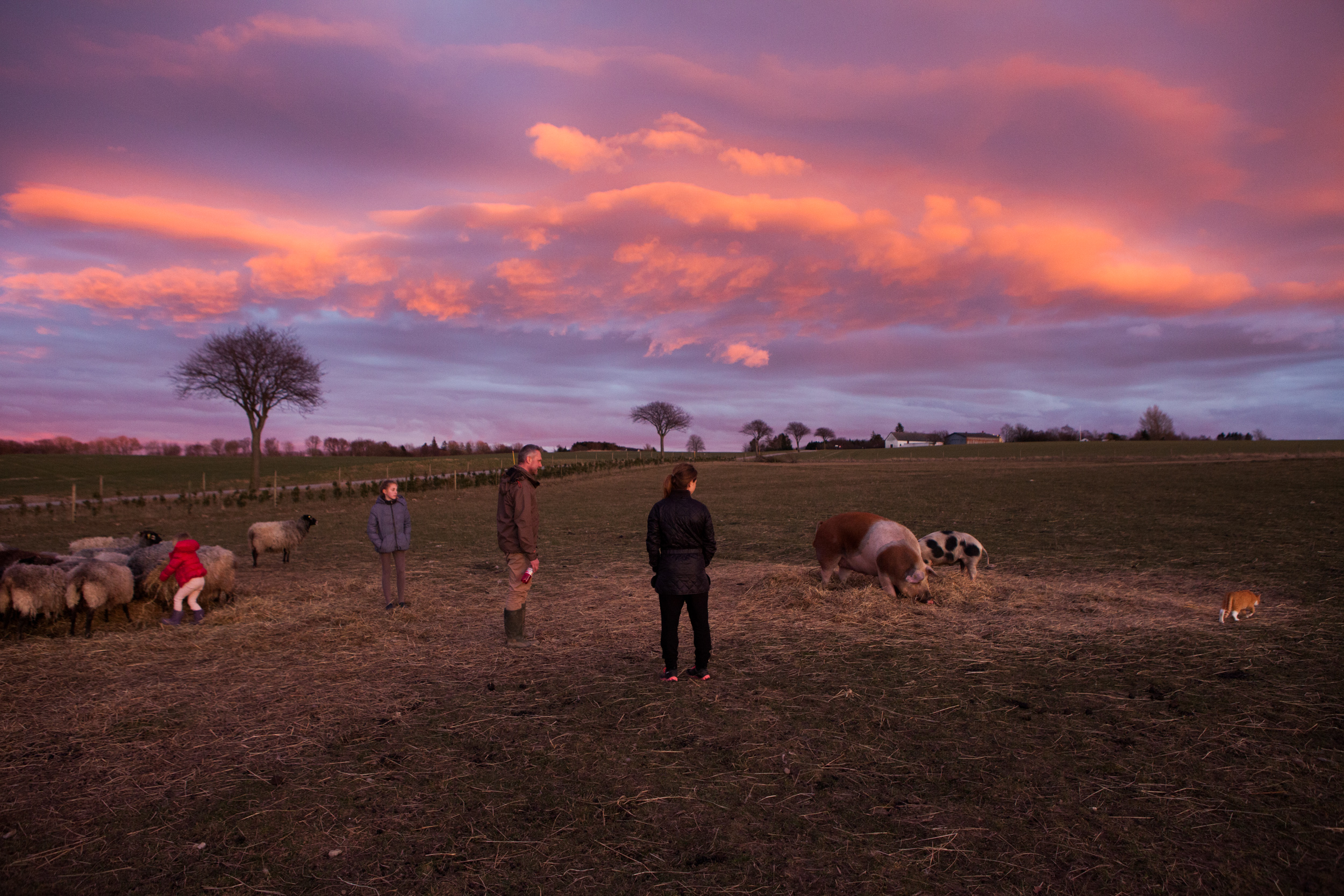
After many years of research and digitizing the archive her grandmother left behind, Rachael set out to retrace her grandmother’s 17 years of statelessness. Her intention was to travel via the same modes of transportation and to live similar style lives as to what her grandmother did during the war and in the years after. That meant that when she got to Denmark, she moved to a farm. Rachael moved in with the granddaughter of her grandmother’s foster mother from World War II and traded her labor for room and board as Hana once did. This picture is from that first visit in the winter of 2015. Since this time, Rachael has spent many more months living on this farm. It is owned by Sine Christiansen and her family. Sine is the granddaughter of Jensine, one Hana’s foster mother from World War II. Photo by Rachael Cerrotti, 2015

A self portrait of Rachael overlooking the exact spot in Southern Sweden where her grandmother’s refugee boat came to shore in 1943. Photo by Rachael Cerrotti, 2016






 English
English
